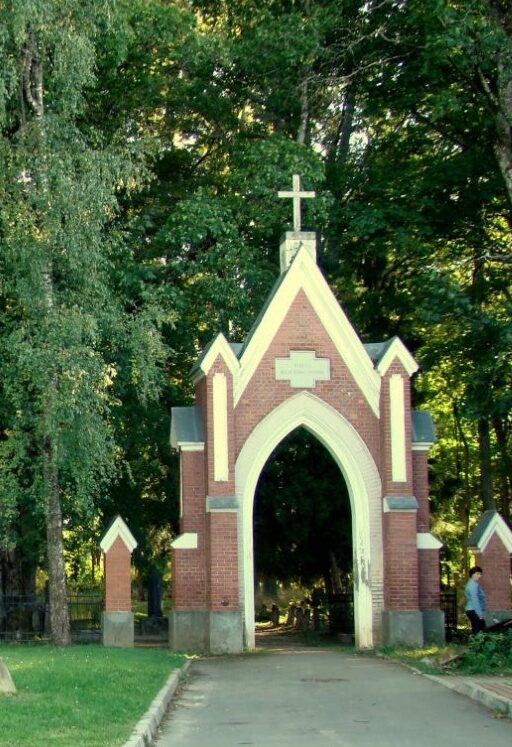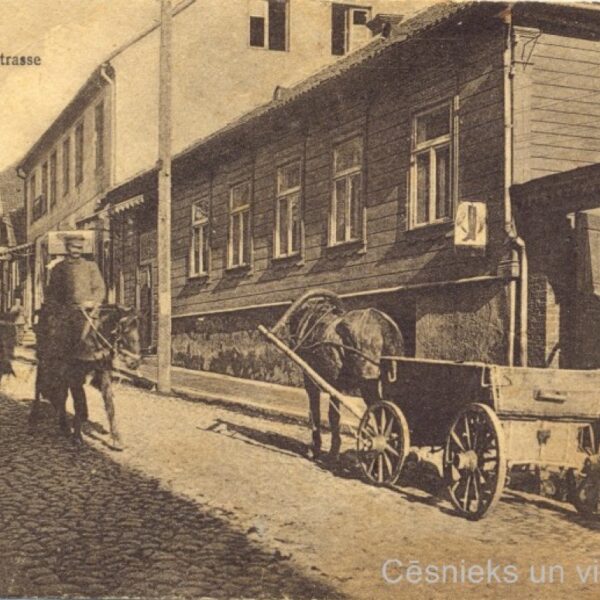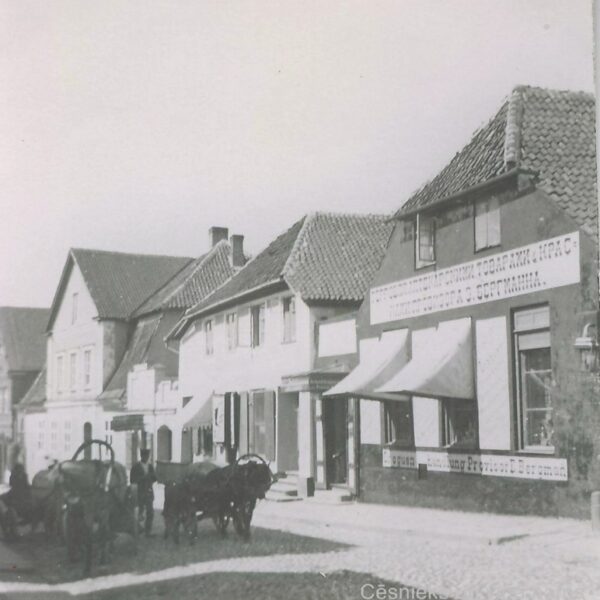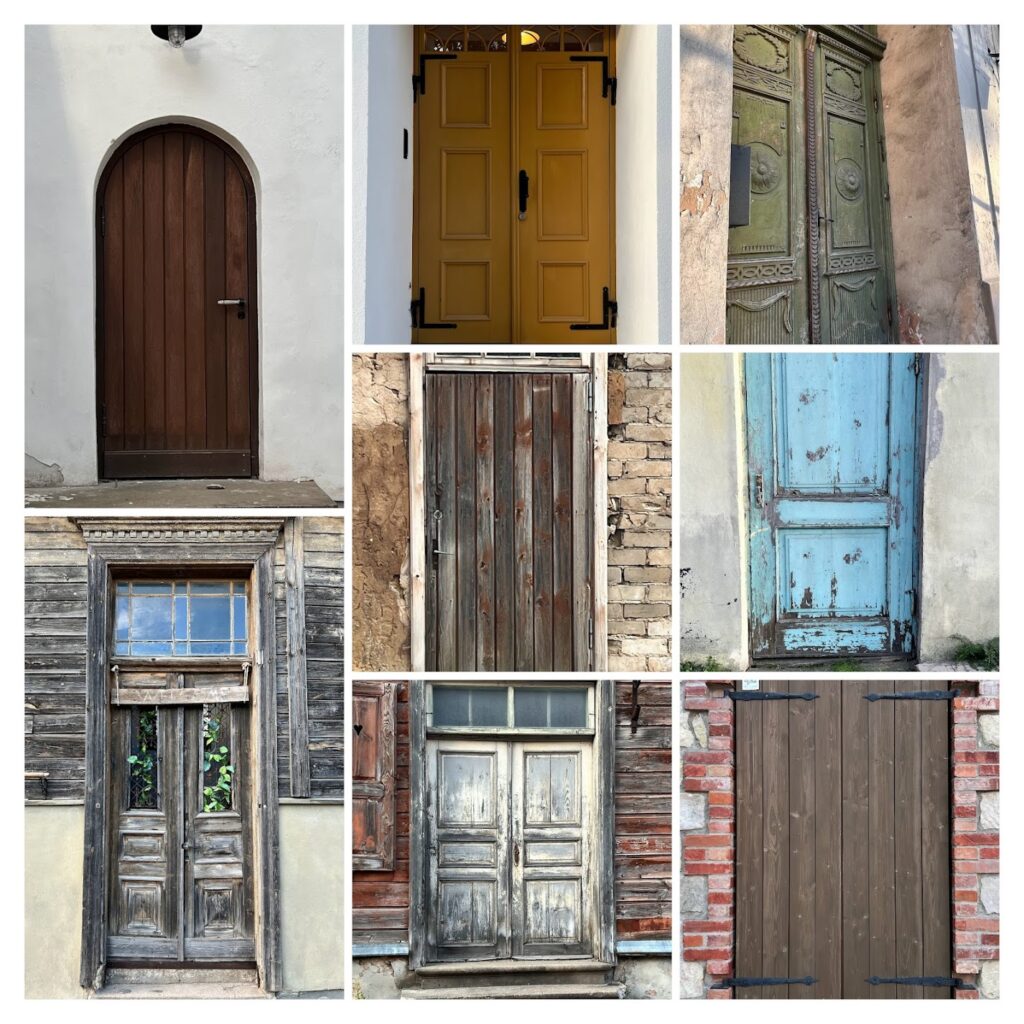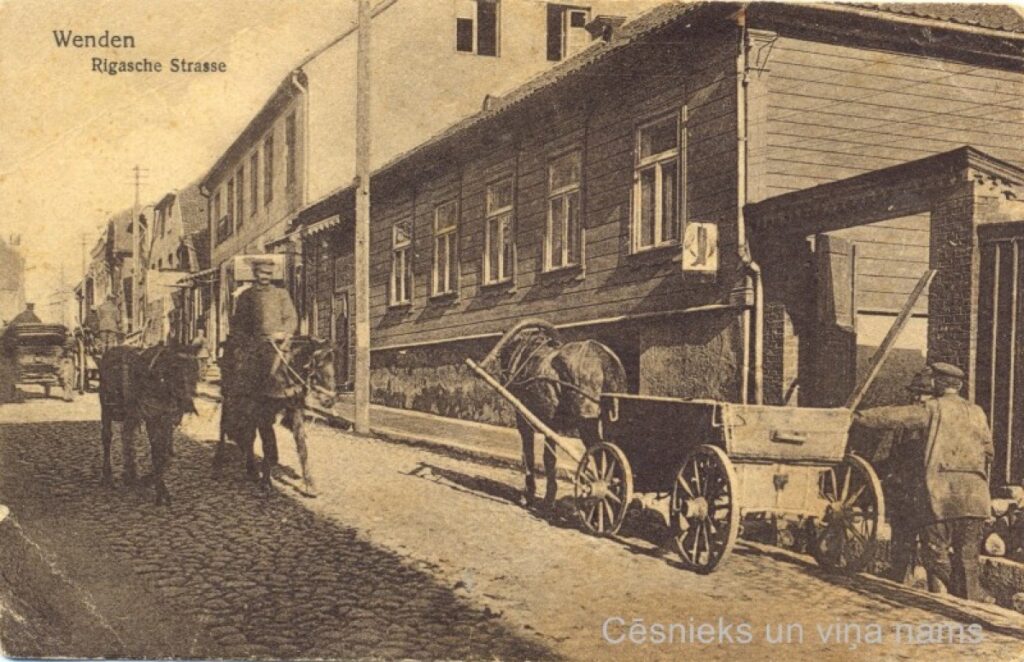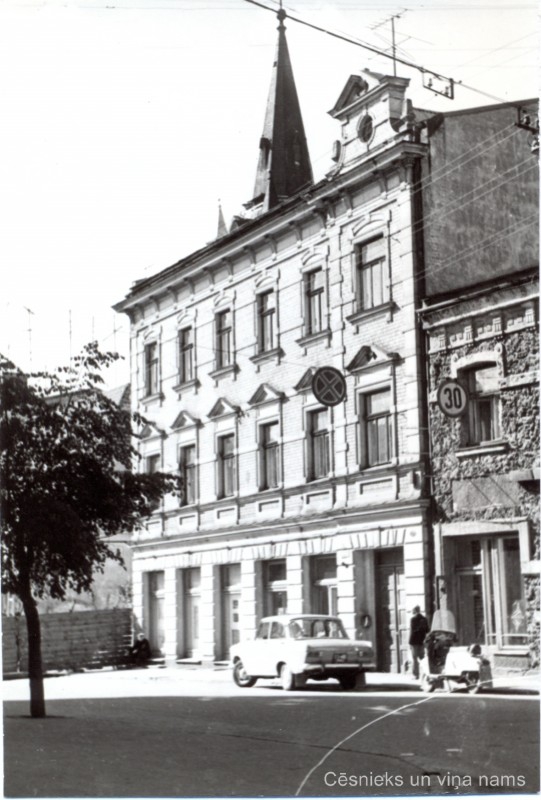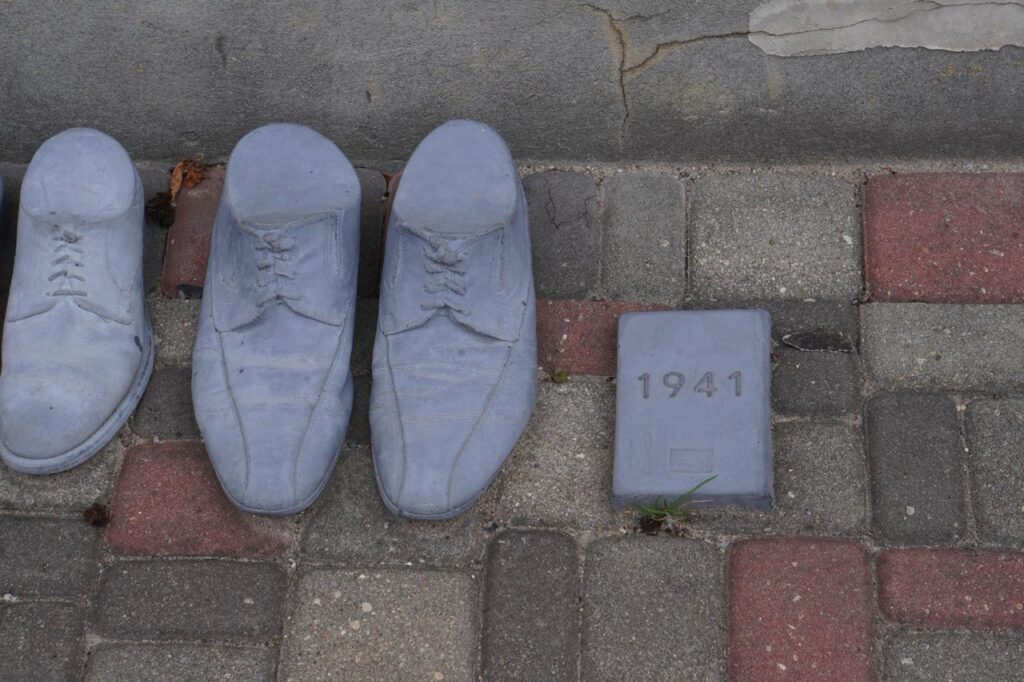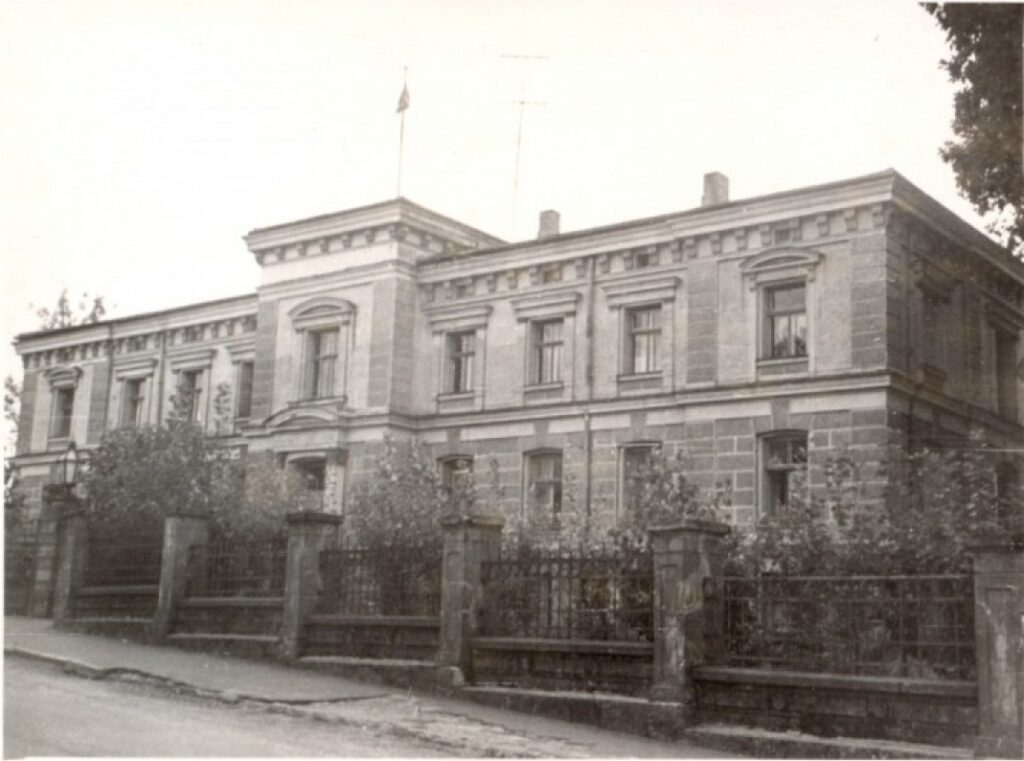Walking through the ancient, tree-lined cemetery of Cesis, you are crossing more than two hundred and fifty years of history. The cemetery, often incorrectly referred to as the “German Cemetery”, was founded in 1773, when the Senate of the Russian Empire banned the burial of the dead in and near the town’s churches. At that time, the newly established cemetery, located outside the city on the Riga Road, was used for the burial of the victims of the Cēsis St. The cemetery was located outside the town of Cēsis.
The cemetery expanded over time, and by the 19th century it was home to three different denominations – Lutherans, Orthodox and Jews. Each had its own compartment, creating a unique mosaic of cultural heritage. Particular highlights include the cemetery of the Orthodox Church of the Transfiguration of Christ in Cesis, consecrated in 1869, with its impressive 19th-century chapel. 80. was built in the 1880s by the Cēsis contractor Vilhelms Hope.
Among the white birch trunks and shady maple branches there are culturally valuable tombstones, cast-iron and stone crosses, obelisks, columns and other monuments from the late 18th and the first half of the 19th century. Here, we can say that we are getting to know important people who have shaped the face of Cēsis. The oldest known tombstone is that of Johann Friedrich Hühn, a merchant and town lord of Cesis who died in 1785 – the German words engraved in imported limestone tell the story of a man born in distant Kurzeme.
Unfortunately, the cemetery was severely tested in the post-war years. The Soviet authorities closed it in 1959, and in 1963 the Cēsis District Executive Committee discussed the possibility of using the cemetery’s monuments to make new memorial markers or to build roads. Vija Caune, the chief architect of the Cēsis district, managed to convince the executive committee that the removal of the monuments could cause “complications” if relatives of those buried abroad became interested in the graves. A similar situation repeated itself in 1977, when it was decided to remove part of the cemetery and turn it into a square, but again the planned work was not carried out.
A new phase in the history of the cemetery began in 1988, when Daumants Kalniņš and Verners Rudzītis published articles in which they highlighted the need for cleaning, research and restoration of the cemetery. The first clean-up events were organised and the monument to the Latvian Army General Jānis Apiņš was restored.
Today, the Cēsis City Cemetery is experiencing a new life. Since 2023, an inventory of the monuments has been completed, identifying the names of some 650 interred persons and revealing surprising stories about the city’s history. Here are the graves of Alberts Holanders, the founder of the Bērzaine Gymnasium, the parents of composer Alfreds Kalnins, Ferdinands Biedenrots, the carpenter who made the altar retable of St John’s Church, Oskars Jēpe, the book publisher, and Jānis Apinis, a general in the Latvian army. A history that was once almost lost is now being rediscovered.
The materials used for the description are:
Portal Cesis City Cemetery
Sarmīte Feldmane, eDruva publication 16.08.2024.“Novadnieks: Cesis City Cemetery, not German Cemetery”

